Ertach Kernow - Lyonesse, Lost lands and lessons
This past week has seen a deluge of programmes devoted to climate change with the COP26 event taking place in Glasgow. Delegations from nations throughout the world came with their plans to contain manmade global warming. Perhaps in reality it is already too late, and the world will see a new inundation of lands as has been proven to have taken place in the past. Legends abound, many along the lines of through the sins, greed and corruption of the populace with gods destroyed the city or land. Perhaps amongst the most well-known is the legend of Atlantis or even the familiar Abrahamic story of Noah’s Ark where God flooded the Earth in response to mankind’s extreme sin. Here in Cornwall, we have our own legend , that of Lyonesse, where this originated cannot be confirmed but has been written and commented on for hundreds of years by many sources. In one night, it is said that towns and people along with 140 churches were swallowed by the ocean.
The last glacial maximum was around 20,000 years ago and from that point sea levels began to rise. The coast of what would become Cornwall stretched far out into the ocean taking in what would become the Isles of Scilly. By 8,000 years ago Britain had become an island separated from Europe and the final events are believed to have been exacerbated by events far away in North America and Norway causing tidal waves ending life on any remaining small islands or low-lying land, such as Doggerland in the North Sea..
Besides the increase in ocean levels there is the fact that the south of Britain is sinking as Scotland rises. The huge weight of the ice had compressed the north and now millimetre by millimetre each year in the south of Britain including Cornwall and the Isles of Scilly tilts downwards. The final separation of Scilly from Cornwall has been suggested at around 12,000 years ago with gradual rising sea levels ever since. Scilly from a large island became gradually separated into smaller islands and islets totalling about 140 of which just five are inhabited.
Around our coastline there are a number of sites where the remains of submerged forests emerge after storms, removing a level of sand. Perhaps the best known of these is in Mounts Bay around St Michael’s Mount.
That something that happened so far historically, before even our earliest Proto-Celtic language came into being around 1300BCE, cannot be the source of this legend. That it talks of 140 churches being engulfed along with villages sounds a much later medieval embellishment. There were coastal inundations by the sea and the English monk John of Worcester notes for 1099 ‘On the third of the nones [the 3rd] of November, the sea overflowed the shore, destroying towns, and drowning many persons, and innumerable oxen and sheep’. However, timber from submerged trees at Mount’s Bay have been carbon dated to around 1700BCE, other preserved organic material show the variety of trees included oak, elm, ash, willow and others. Perhaps a later incursion by the ocean some 3,700 years ago might be the basis for the legend supported by evidence of tree remains uncovered in multiple storms over many centuries.
William Botoner often known as William of Worcester noted in the 15th century when visiting St Michael’s Mount ‘Predictus locus opacissima primo claudebatur sylva, ab oceano miliaribus distans sex’ translated as ‘The aforesaid place was first closed in a very dense forest, at a distance of six miles from the ocean’. He does not indicate that he actually saw this forest. William may have just seen the trees from the submerged forest and speculated on what he saw at Mount’s Bay. Visiting in the 16th century, John Leland, who saw 'In the bay betwyxt the Mont and Pensans be fownd neere the lowe water marke rootes of trees yn dyvers places, as a token of the grownde wasted'.
In his ‘Survey of Cornwall’ published in 1602 Richard Carew wrote ‘Moreover, the ancient name of St. Michael's Mount was Cara Cowz in Clowze, in English, The Hoar Rock in the Wood, which now is at every flood encompassed by the sea, and yet at some low ebbs roots of mighty trees are descried in the sands about it.’ In modern Cornish this would be Karrek Loos yn Koos, but with the similar meaning grey rock in woodland.
Some ninety years later about 1690 resident of Newlyn, Nicholas Boson wrote; `Tradition calls it Carrack Looes en Cooes, a hoary or venerable rock in the wood or fforest; but we have not record extant when this furious inundation made wonderfull changes upon this part. That bodyes and roots of trees lye along the sand betwixt this & Newlyn the opposite village is very evident in winter &c. I have likewise seen the form of various leaves in the washed earth as of oak, nutt, elm, ash, willow & holm; etc.'
The famed Cornish antiquarian Dr Borlase discovered the remains of trunks of trees on the 10th of January, 1757; but he tells us that ‘these forest trees were not found round the Mount, but midway betwixt the piers of St. Michael’s Mount and Penzance, that is to say, about one mile distant from the Mount; also, that one of them was a willow-tree with the bark on it, another a hazel-branch with the bark still fat and glossy. The place where these trees were found was three hundred yards below full sea-mark, where the water is twelve feet deep when the tide is in.’
Regarding Lyonesse Richard Carew wrote; ‘the encroaching sea hath ravined from it the whole country of Lyonesse, together with divers other parcels of no little circuit, and that such a Lyonesse there was these proofs are yet remaining. The space between the Land's End and the Isles of Scilly, being about thirty miles, to this day retaineth the name, in Cornish Lethowsow, and carrieth continually an equal depth of forty or sixty fathom (a thing not usual in the sea's proper dominion) save that about the midway there lieth a rock which at low water discovereth his head. They term it the Gulf, suiting thereby the other name of Scilla. Fishermen also casting their hooks thereabouts have drawn up pieces of doors and windows.’
Although there is evidence of loss of land and possibly villages around the Mount’s Bay area, it seems with modern scientific evidence that the Isles of Scilly were sundered from Cornwall far too long ago for human stories to have carried this forward. There is evidence on the Scillies of ancient habitation with stone walls seen below sea level on calm days, some re-emerging from the sea at low tides but nothing that would meet the expectations for those wanting to link the legends to a true history. Perhaps the doors and windows were from wrecked ships of which there are countless numbers and the loss of 140 churches is absurd. Between 2009-2013 a joint study entitled ‘The Lyonesse Project: a study of the coastal and marine environment of the Isles of Scilly’ was commissioned by English Heritage. This concluded that the legend was just that and nothing more. The later medieval addition of Arthurian myth to the legend with the added fantasy from poets like Michael Drayton in his 17th century Poly-Olbion work and later poets such as Alfred Lord Tennyson perpetuated the romantic legend but added nothing to the reality that science provides.
Legends from the past such as Lyonesse try to explain flooding related events that happening naturally. Today we face potentially catastrophic sea level rise due to global warming caused by mankind. Science has shown which areas of Cornwall will succumb to the ocean along with heritage destruction. Should mankind survive into say the 24th century and we have not contained climate temperatures, prevented coastal flooding and changed our ways, what will they say of us? As people view artefacts from the 20th and 21st centuries littered with plastic tat labelled ‘Made in China’ will they put this down to our continued demand for growth, corporate greed and marketing or perhaps we were uncaring about our environment. Maybe they be kind and say we were just stupid and uneducated?
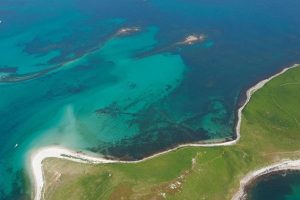
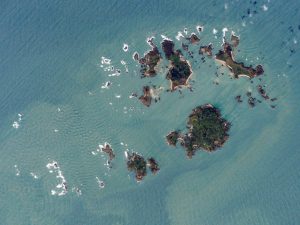
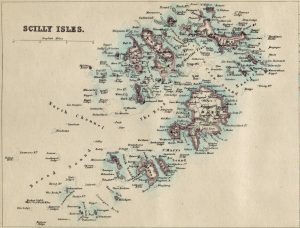
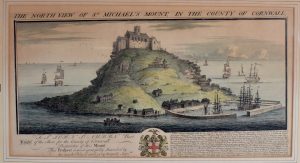
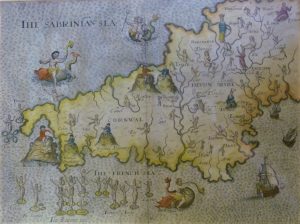

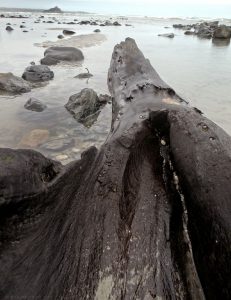

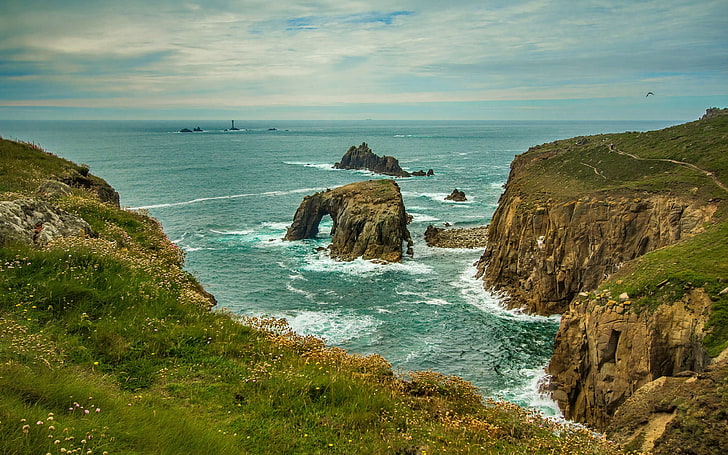
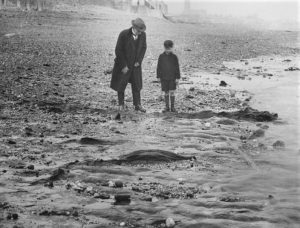
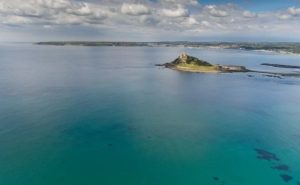
![[72] Voice - Ertach Kernow- 10.11.21A Lost lands & lessons [S] Ertach Kernow- Lyonesse, Lost lands & lessons](https://www.cornwallheritage.com/wp-content/uploads/2021/11/72-Voice-Ertach-Kernow-10.11.21A-Lost-lands-lessons-S-230x300.jpg)
![[72] Voice - Ertach Kernow- 10.11.21B Lost lands & lessons [S] Ertach Kernow- Lyonesse, Lost lands & lessons](https://www.cornwallheritage.com/wp-content/uploads/2021/11/72-Voice-Ertach-Kernow-10.11.21B-Lost-lands-lessons-S-230x300.jpg)
![Ertach Kernow Heritage Column - 10th November 2021 - Cornish Language App & Project [72] Ertach Kernow Heritage Column - 10th November 2021 - Cornish Language App & Project](https://www.cornwallheritage.com/wp-content/uploads/2021/12/72-Ertach-Kernow-Heritage-Column-10th-November-2021-Cornish-Language-App-Project-288x300.jpg)